



The presentation addresses the needs of municipalities and how they can be fulfilled by the newly released D4i set of specifications by the DiiA.
Municipalities aim to provide a public lighting system that ensures the well-being and safety of citizens. Such a system needs to be cost-effective, easy to operate and maintain and energy efficient at the same time. Therefore, municipalities are keen to know what the status of the light in each pole is, where the light poles are located, what energy they consume etc. Also more and more light poles are used to mount sensor and communication nodes to adapt lighting settings for comfort and reduced energy consumption as well as sensors for environmental monitoring.
Additionally, when selecting a public lighting system a municipality requires freedom of choice to select a supplier and have peace of mind that components, luminaires, and systems are interoperable.
The D4i set of specifications meets all of the above requirements and more. Parts 251 provides the required asset data to easily manage each luminaire, Part 252 provides energy reporting data and Part 253 the diagnostics and maintenance data for LED driver, light source and luminaire. Moreover, as the power supply to power the sensor and communication nodes now is integrated in the LED driver according to Part 250, the design of a luminaire is simplified, which reduces the integral costs of the system to the municipality. Finally, products carrying the D4i logo are certified to comply with the standard and interoperable thus providing the required peace of mind to the municipalities.
>> Back to the DALI Summit program